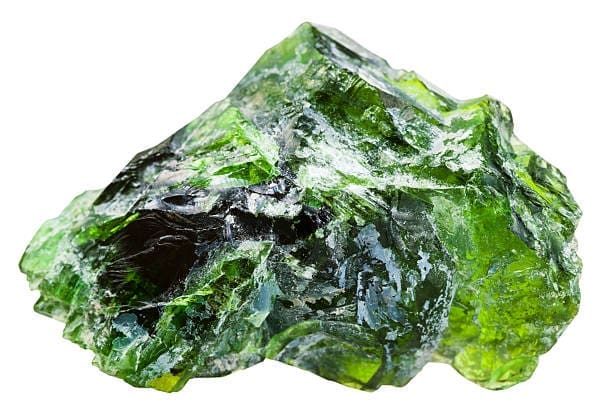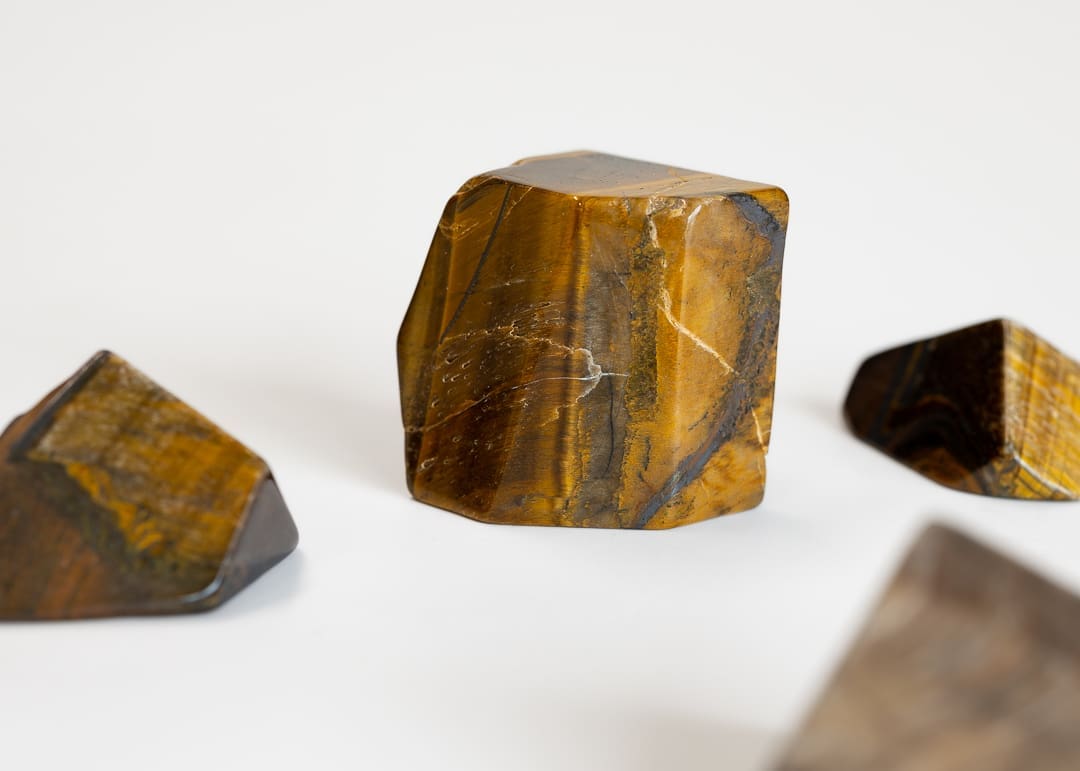Chrome diopside is a gemstone that is known for its vibrant green color and unique geologic characteristics. This gemstone is found in a few different locations around the world, including Siberia, Canada, and Pakistan. In this blog post, we will take a closer look at the geology of chrome diopside and explore some of its most interesting characteristics.
One of the most interesting things about chrome diopside is that it is formed through the process of metamorphism. This means that it is created when high pressure and temperature conditions cause a change in the mineral composition of rocks. This process can occur naturally, as in the case of mountain building or the formation of metamorphic rocks. It can also be induced artificially, as in the case of certain industrial processes.
Chrome diopside is a type of calcium magnesium silicate, which means that it is composed of calcium, magnesium, and silicate minerals. It is often found in rocks that have a high silica content, such as marble or gneiss. In addition to its distinctive green color, chrome diopside is also known for its hardness and durability. It has a Mohs hardness of 5.5 to 6, which makes it relatively hard and resistant to wear and tear.
One of the most well-known deposits of chrome diopside is located in the Ural Mountains of Siberia. This deposit was first discovered in the late 1800s and has been mined for the gemstone ever since. In addition to Siberia, chrome diopside can also be found in Canada, particularly in the Thunder Bay region of Ontario. Here, the gemstone is found in what are known as “diopside pipes,” which are ancient volcanic pipes that were formed millions of years ago.
Another interesting aspect of the geology of chrome diopside is its association with other minerals. In some cases, it can be found alongside other gemstones such as diamond, emerald, and ruby. It can also be found in the same rock formations as other minerals, including pyroxene, amphibole, and olivine.
In conclusion, chrome diopside is a gemstone that is known for its unique geologic characteristics. It is formed through the process of metamorphism and is found in a few different locations around the world, including Siberia, Canada, and Pakistan. Its distinctive green color, hardness, and durability make it a popular choice for jewelry and other decorative items. If you are interested in learning more about the geology of chrome diopside or other gemstones, there are many resources available to help you explore this fascinating subject.


